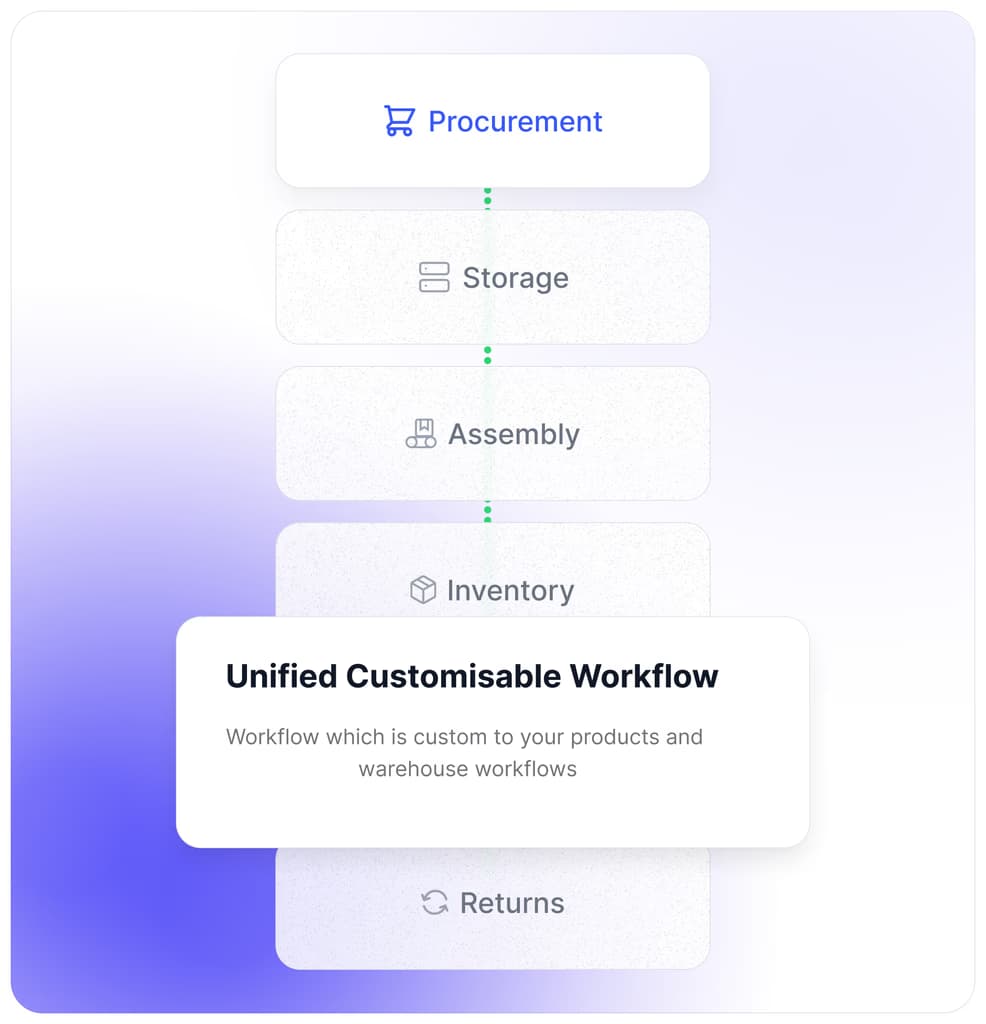Hidden Inventory Costs: Why Your Cash is Stuck in Dead Stock
That warehouse full of products might look impressive, but it could be costing you ₹10 lakhs per month in carrying costs. Learn how to identify slow-moving inventory that's tying up capital and optimize your inventory investment for better cash flow.

The ₹10 Lakh Monthly Drain You Don't See
The Shocking Reality of Inventory Carrying Costs
Most businesses focus on the purchase price of inventory but ignore the hidden costs that accumulate every month. These carrying costs can represent 20-30% of your total inventory value annually.
Components of Carrying Costs
- • Storage Costs (30%): Warehouse rent, utilities
- • Capital Cost (40%): Interest on tied-up money
- • Insurance (5%): Coverage for inventory value
- • Obsolescence (15%): Depreciation and dead stock
- • Handling (10%): Staff, equipment, maintenance
Signs of Dead Stock Problem
- • Products sitting for 90+ days without sales
- • Inventory turnover ratio below industry average
- • Cash flow problems despite good sales
- • Warehouse space constantly running out
- • High insurance and storage costs
How FilFlo Identifies Dead Stock and Optimizes Cash Flow
Intelligent Dead Stock Detection
FilFlo automatically identifies slow-moving and obsolete inventory using advanced analytics and configurable thresholds.
Age Analysis
Track how long each SKU has been sitting without movement
Velocity Tracking
Monitor sales velocity and identify declining trends
Cost Calculation
Calculate exact carrying costs for each product
FilFlo's Dead Stock Alert System
Carrying cost: ₹8,500/month
Action: Immediate liquidation
Current stock: 45 days supply
Action: Reduce future orders
Projected dead in 45 days
Action: Promotional campaign
15 days average age
Status: Well managed
Case Study: Home Decor Brand's Cash Flow Transformation
The Challenge: ₹2.5 Crore Locked in Slow-Moving Stock
A home decor D2C brand discovered they had ₹2.5 crores worth of inventory that was moving slower than expected, creating a cash flow crisis that prevented them from investing in new, trending products.
Before FilFlo Analysis
After Optimization (6 months)
Liquidation Strategies Used:
- • Flash Sales: 30-50% discounts on slow-moving items (recovered 60% of value)
- • Bundle Deals: Combined dead stock with popular items (cleared 25% of inventory)
- • B2B Wholesale: Sold to retailers at cost (moved 10% of stock quickly)
- • Component Recovery: Disassembled products for reusable parts (5% recovery)
Cash Flow Optimization Strategies
1. ABC Analysis for Inventory Prioritization
Categorize inventory by value and movement to focus on what matters most.
2. Just-in-Time (JIT) Inventory Management
Reduce carrying costs by ordering inventory only when needed.
- • Calculate optimal reorder points for each SKU
- • Establish reliable supplier relationships for quick delivery
- • Use demand forecasting to predict needs accurately
- • Monitor stockout risk vs. carrying cost balance
3. Proactive Dead Stock Prevention
Set up systems to prevent inventory from becoming dead stock.
- • Set maximum age limits for each product category
- • Implement automatic markdown schedules
- • Create early warning systems for declining velocity
- • Regular review cycles for slow-moving items
Calculate Your Inventory Optimization ROI
Current Situation
After Optimization
Start Optimizing Your Inventory Investment
Analyze
Identify dead and slow-moving stock
Prioritize
Focus on high-value, slow-moving items
Liquidate
Clear dead stock through multiple channels
Optimize
Implement systems to prevent future issues
Ready to Unlock Your Cash Flow?
Stop letting dead stock drain your cash. Discover how much money you can release with FilFlo's inventory optimization.